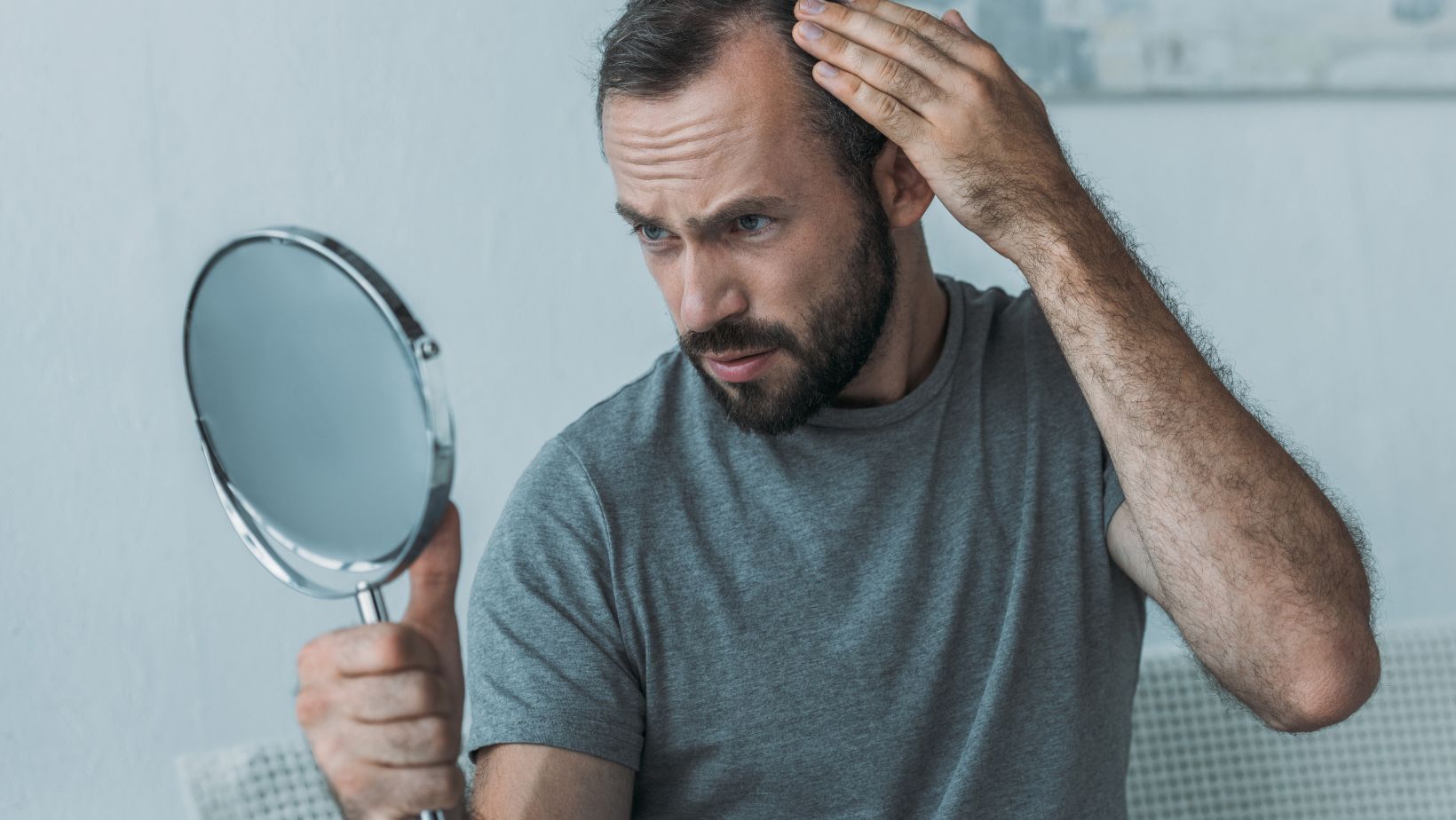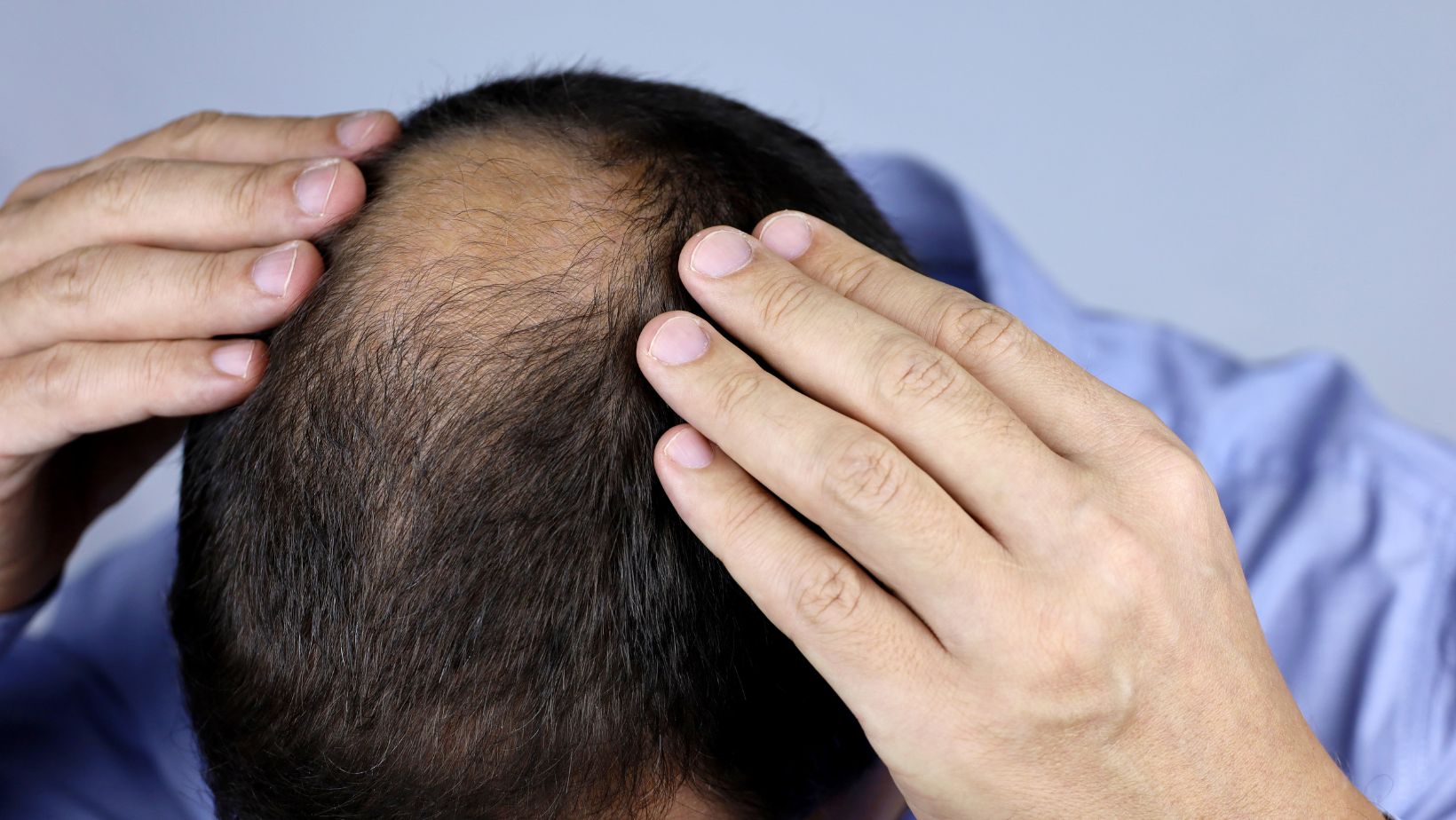Ultimate 10 Myths About Hair Loss Debunked

Hair loss is a common concern affecting millions of people worldwide. Despite its prevalence, many misconceptions and myths surround the topic, leading to confusion and ineffective treatments. Understanding the facts about hair loss is crucial for addressing it effectively. Among the advanced treatments available today, Platelet-Rich Plasma (PRP) therapy has shown promising results. This article aims to debunk some of the most persistent myths about hair loss and provide accurate information on effective treatments.
Myth 1: Hair Loss Only Affects Older People
Contrary to popular belief, hair loss is not just an issue for the elderly. It can affect individuals at any age. Factors such as genetics, hormonal changes, and medical conditions can cause hair loss in young adults and even teenagers. Early-onset hair loss is often hereditary, making it essential to understand one’s family history to anticipate and manage the condition proactively.
Myth 2: Only Men Experience Hair Loss
While men are more likely to experience hair loss, women are not immune to it. Female pattern hair loss (FPHL) affects millions of women, causing thinning and shedding primarily along the crown and parting line. Hormonal fluctuations, particularly those related to pregnancy, menopause, and thyroid conditions, can contribute significantly to hair loss in women.
Recognizing that hair loss is a shared issue across genders is vital for seeking appropriate treatments.
Myth 3: Wearing Hats Causes Hair Loss
One of the most pervasive myths is that wearing hats can lead to hair loss. This belief is unfounded. Hair loss occurs at the follicular level and is unrelated to external factors like hats. The primary causes of hair loss are genetic predisposition and hormonal changes. Wearing hats might cause temporary hair flattening but does not affect hair growth or contribute to permanent hair loss.
Myth 4: Frequent Shampooing Leads to Hair Loss
Many people believe that washing hair frequently can lead to hair loss. In reality, proper hair hygiene is crucial for maintaining scalp health. Washing hair helps remove dirt, oil, and product buildup that can clog hair follicles.
The key is using a gentle shampoo and not overwashing, which can strip the scalp of natural oils. Proper hair care routines support healthy hair growth rather than hinder it.
Myth 5: Hair Loss is Always Permanent
Not all hair loss is permanent. Conditions like telogen effluvium, caused by stress or illness, result in temporary hair shedding. Once the underlying issue is resolved, hair often regrows. On the other hand, androgenetic alopecia (pattern baldness) tends to be permanent but can be managed with treatments like PRP therapy. PRP involves injecting concentrated platelets into the scalp to stimulate hair follicles and promote growth, offering a solution for those facing permanent hair loss.
Myth 6: Stress is the Primary Cause of Hair Loss
While stress can contribute to hair loss, it is not the sole cause. Hair loss results from various factors, including genetics, hormonal imbalances, and medical conditions. Stress-induced hair loss, known as telogen effluvium, is usually temporary and resolves with stress management and lifestyle changes. However, understanding and addressing other underlying causes is essential for comprehensive hair loss treatment.
Myth 7: Cutting Hair Makes It Grow Back Thicker
A common misconception is that cutting hair makes it grow back thicker. Hair growth occurs at the follicle level, unaffected by external cutting. Trimming hair can make it appear healthier by removing split ends, but it does not influence the thickness or speed of hair growth. For thicker hair, treatments like PRP therapy, which enhances follicular health, are more effective.
Myth 8: Natural Remedies Are Always Effective
Natural remedies like oils and herbal treatments are often touted as cures for hair loss. While they may improve scalp health and condition hair, their effectiveness in treating hair loss is limited. Scientific treatments, such as PRP therapy, offer more reliable results. PRP uses the patient’s blood platelets to stimulate hair growth, providing a scientifically-backed solution with higher success rates.
Myth 9: Baldness Comes from the Mother’s Side of the Family
The belief that baldness is inherited solely from the mother’s side is a myth. Hair loss genetics are influenced by both maternal and paternal genes.
The interplay of various genetic factors determines one’s likelihood of experiencing hair loss. Understanding family history from both sides can provide a clearer picture of one’s genetic predisposition to hair loss.
Myth 10: There’s Nothing You Can Do to Prevent Hair Loss
Many people feel helpless when facing hair loss, believing it to be inevitable and unpreventable. However, numerous strategies and treatments can help prevent or slow down hair loss. Maintaining a healthy lifestyle, managing stress, and using scientifically proven treatments like PRP therapy can significantly impact hair health. PRP therapy, in particular, has shown promise in promoting hair growth and improving hair density, offering hope to those struggling with hair loss. For more information on PRP hair treatment success rates, visit Selphyl.
Debunking these myths is crucial for understanding and effectively treating hair loss. Recognizing the role of genetics, proper hair care, and advanced treatments like PRP can empower individuals to take proactive steps in managing hair loss. Embracing accurate information and modern treatments can help individuals achieve better hair health and regain their confidence.
-
Personal Finance12 months ago
How Do I Find My UCAS ID Number?
-
Success6 years ago
Consistency: The Key Ingredient to Success
-
Personal Finance12 months ago
What Does Conditionally Approved Mean For An Apartment?
-
Motivation3 years ago
How To Become a More Organized Person?
-
Others5 years ago
Work Health and Safety: 8 Reasons to Maintain a Clutter-free Office
-
Entrepreneurs4 years ago
Why Diversity is Key in Business Marketing
-
HK Pools1 year ago
The HK Pools Forum Comunity Jos Markotop 2D Warna Kuning – A Great Way to Stay Connected
-
Sport2 years ago
What Makes Soccer Betting So Great?



























